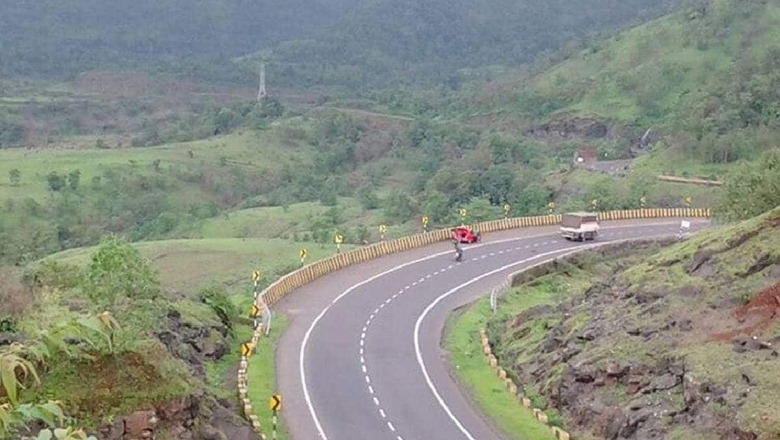
views
Residents’ years of demand for a new bypass in Vellore, along the Chennai-Bengaluru Highway (NH44), is finally seeing progress as preliminary work has commenced.
The Department of Highways officials revealed that the upcoming four lane bypass, covering 3 km, will feature a high level bridge across the Palar River.
Connecting the service lane of the highway at Sathuvachari within Vellore Corporation limits to Kangeyanallur village near VIT in Katpadi, the project aims to address local commuting needs.
Executed by the Construction and Maintenance (C&M) wing of the State Highways, the four lane roadway, measuring 15 meters wide with a 2.5-meter median, promises increased accessibility.
Once completed, the bypass is expected to accommodate approximately 17,250 vehicles daily, offering a more efficient route compared to the existing smaller Katpadi flyover.
As per reports by The Hindu, the construction of the new bypass and high level bridge is set to cost Rs 90 Crore and is scheduled to be completed within 24 months, according to the current plan.
The project includes the development of a four lane bypass, along with the construction of a high level bridge positioned at the center of the bypass stretch. R Poovarasan, Assistant Engineer (AE), Department of Highways, said, “We have started initial work of clearing vegetation on the acquired land (70,775 sq.m). The bypass and the bridge will be ready by the end of 2025.”
According to reports, the main feature of the project is the four lane bridge, which is quite impressive. It will be 475 meters long and 15 meters wide, supported by at least 19 pillars on both sides of the Palar River. Interestingly, the planned height of the bridge during construction is at least 3 meters higher than the existing Katpadi flyover built in 2009.
This elevated design is a strategic measure to make the bridge more strong against potential damage and ensure it can survive harsh weather conditions. The bridge will be constructed 20 feet above the dry river bed for added flexibility.
During the monsoon, areas like Shenbakkam, Mango Mandi, and Ambedkar Nagar along the highway face flooding issues. This is primarily caused by the slow discharge of rainwater through culverts and bridges on the stretch, leading to blockages in the water channel.
Earlier reports indicate that as part of the project, old stormwater drains were replaced with new wide drains on both sides of the stretch. This measure aims to prevent flooding in residential areas near the highway, ensuring better drainage facilities. Excess rainwater will now be directed into the nearby Nicholson Canal, connected to the Palar, minimizing flooding risks. Additionally, eight Tangedco poles were relocated and trees near the existing carriageway were removed.



















Comments
0 comment